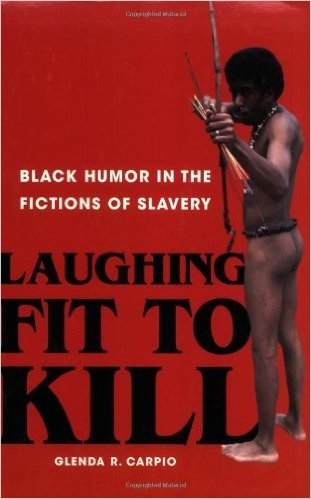
Laughing Fit to Kill: Black Humor in the Fictions of Slavery
- 作者
- Glenda Carpio
- 出版社
- OUP USA
- 语言
- 英语
- 页数
- 304页
- 装帧
- 精装
- ISBN
- 0195304691
- 重量
- 476 g
- 电子书格式
- epub,pdf,txt,azw3,mobi,fb2,djvu
- 下载次数
- 4971
- 更新日期
- 2023-08-24
Modern black humor represents a rich history of radical innovation stretching back to the antebellum period. Laughing Fit to Kill reveals how black writers, artists, and comedians have used humor across two centuries as a uniquely powerful response to forced migration and enslavement. Glenda Carpio traces how, through various modes of "conjuring," through gothic, grotesque and absurdist slapstick, through stinging satire, hyperbole, and burlesque, and through the strategic expression of racial stereotype itself, black humorists of all sorts have enacted "rituals of redress." In highlighting the tradition and tropes of black humorists, Carpio illuminates the reach of slavery's long arm into our contemporary popular culture. She convincingly demonstrates the ways that, for instance, Richard Pryor and Dave Chappelle's modes of post-Civil Rights tragicomedy are deeply indebted to that of William Wells Brown and Charles Chesnutt's 19th-century comedic conjuring. Likewise, she reveals how contemporary iconoclasts such as Ishmael Reed and Suzan-Lori Parks owe much to the intricate satiric grammar of black linguistic expression rooted in slavery. Carpio also demonstrates how Robert Colescott's 1970s paintings and Kara Walker's silhouette installations use a visual vocabulary to extend comedy in a visual register. The jokes in this tradition are bawdy, brutal, horrific and insurgent, and they have yet to be fully understood. Laughing Fit to Kill provides a new critical lexicon for understanding the jabbing punch-lines that have followed slavery's long legacy.
Laughing Fit to Kill: Black Humor in the Fictions of Slavery EPUB, PDF, TXT, AZW3, MOBI, FB2, DjVu, Kindle电子书免费下载。